There are many innovations being produced by the cleantech sector every day – windows are one of them! Technology and sustainability are inherently synergistic. Let the New Green Economy flourish!
Bigger, Better, Faster, Smarter
Everything today is “smart”. If it doesn’t streamline daily activities, automate chores, or help us connect, then it’s not smart. Remember cell phones from a decade ago? Exactly. They were terrible. No GPS, no games, no social media incorporation – no functionality. Phones from a decade ago, although serving the purpose of what a “phone” did at that time, were dumb. We like our things “smart” and connected. It is no longer a luxury, it is an expectation. We live in an increasingly wired and wireless world, the so-called Information Age. The first shots of revolutions are now fired on social media platforms. Presidential elections are fought and won through analytics. eCommerce and online retail sales reached 226 billion dollars in 2012 – a 12 percent increase over the previous year. One of the hottest fields of development today is the incorporation of information technology into everything from trains to phones to the way we do business and communicate. Why can’t we apply it to the building industry?
So What About Smarter Windows?
One component of buildings that doesn’t get much attention is the windows. Summer heat gain, through glazing and other openings, is accountable for a large majority of the frightful air conditioning and cooling costs most homeowners must face. Windows often create a greenhouse effect wherein short-wavelength visible light enter through transparent glazing and becomes trapped as it is reemitted as long-wave re-radiation. This means that simply adjusting your interior blinds does very little to alleviate summer heat gain since the blinds are located behind the glass, and thus do not block heat from entering the space and becoming trapped. Exterior shading devices are a far better option.
However, it would be hugely impractical for a single individual to constantly, manually adjust shading devices every minute of the day in order to maintain an adequate balance of natural lighting and subsequent heat gain, while taking into account the position of the sun, infrared radiation transmission, clouds, glare, and privacy issues.
With that in mind, researchers at the Lawrence Berkeley National Laboratory, Dow Corning, and a number of other outfits are racing to develop the next generation of smart windows that will self-adjust in real time to differing lighting conditions, and even produce electricity. That means if it’s cloudy outside, the windows will adjust to allow more natural lighting penetration, and when the sun shines brightly, the windows self-tint to reduce glare and can even strategically blockout hot, near-infrared waves.
How does it work?
Tin-doped Indium Oxide and Aluminum-doped Zinc Oxide Nanocrystals
A thin film of transparent nanocrystals is embedded in a matrix, in the case of the National Lab project, a metal oxide or passive electrolytes. By running a tiny current of electricity through the matrix, a user can precisely control exactly how much visible light and near-infrared radiation (heat) is transmitted through the window.
Dow Corning’s iteration of the smart window employs liquid silicon to control lighting levels. Corning claims that their windows could save up to 30 percent in energy costs when combined with appropriate building management systems.
This could have a huge impact on the development of windows for energy-efficient and sustainable homes and buildings. For one thing, these electrochromic windows would be incredibly flexible and infinitely customizable. When, integrated into an intelligent building management system, they could be set to adjust on a timer depending on time of day or weather or schedules of use. By adjusting to a variety of needs and conditions, the smart window turns what has traditionally been a major weakness in the building envelope into a cost-saving, sustainable asset.
Pay Attention to Where the Smart Money is Going.
Smart windows are a hugely promising development in building technologies. It’s no surprise, then, that the smart money is going to smart windows. In early December of 2012, the U.S. Department of Energy awarded the Berkely National Lab team a cool 3 million dollars. Just one month before, Heliotrop, a California start-up also focusing on electrochromic windows, won the NOVA Innovation Competition. Back in May, Sage, an American electrochromic glass start-up was bought out by French construction giant Saint-Gobain for an undisclosed amount of money. Sage was originally slated to receive nearly $72 million in investment before it was purchased.
Without a doubt, technology has become a key driver of energy conservation, and the green movement in general. “Intelligent Efficiency” in our energy systems has been made possible by a plethora of information age inventions, such as smart meters, smart panel systems, and smart grids. By monitoring and distributing energy in a more flexible, adaptive, and measurable way, it is estimated that the U.S. as whole could slash energy consumption by 12 to 22 percent. That’s a hefty amount of savings that translate into reduced demand for additional power plants and fossil fuels. Smarter systems make for smarter buildings, which saves everyone time and money. It’s high time America’s built environment evolved beyond simple brick and mortar, and moved into the Information Age.
Smart Grids
Smart Grids Smart Grids Smart Grids Smart Grids Smart Grids Smart Grids Smart Grids Smart Grids





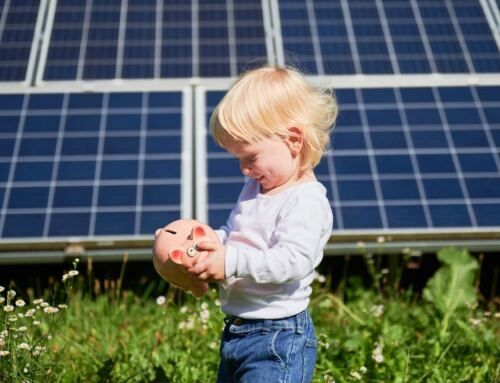



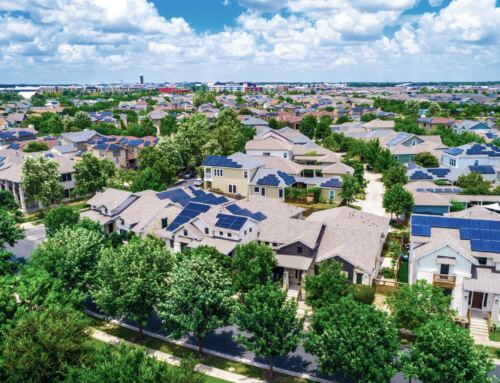
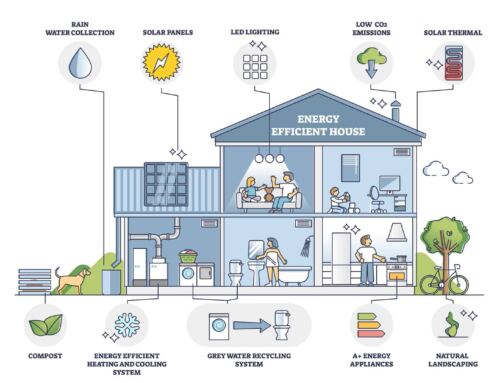
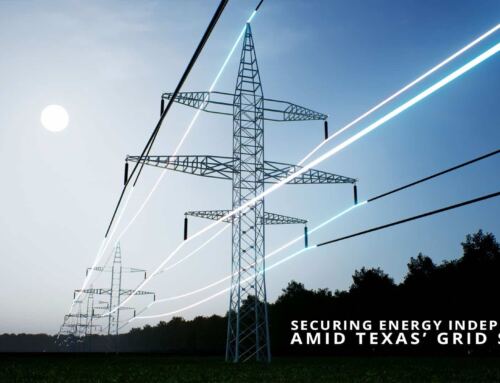
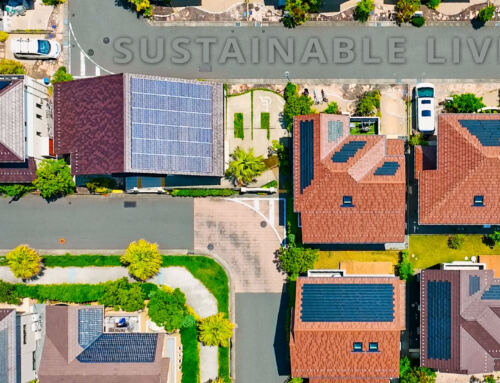



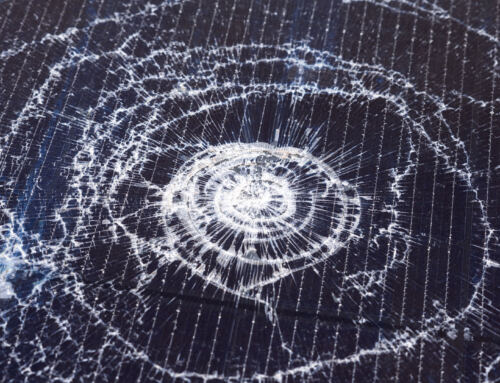
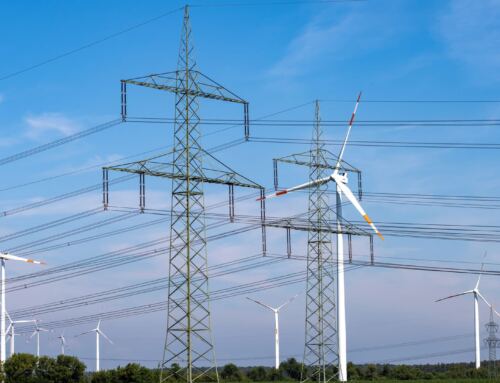
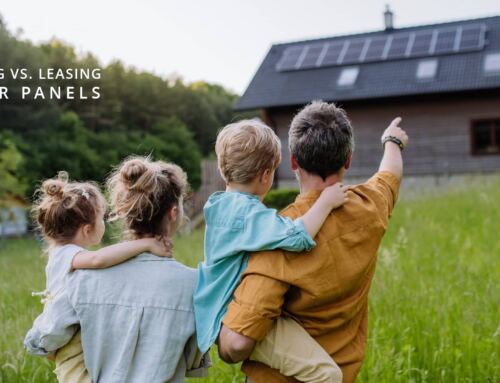
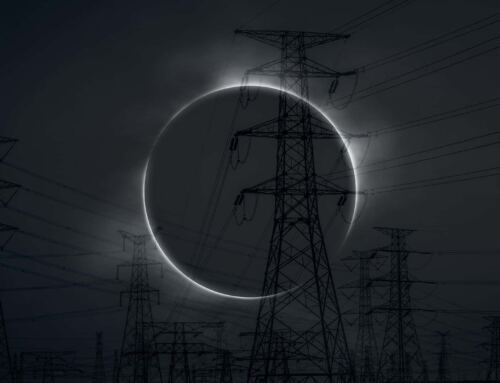
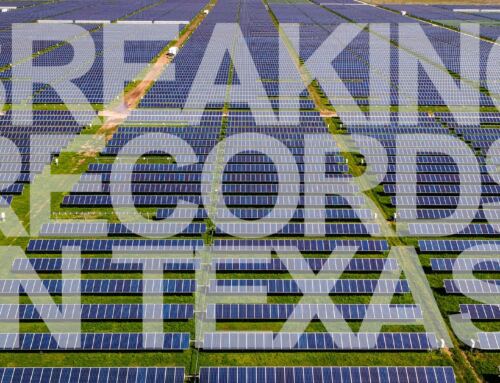
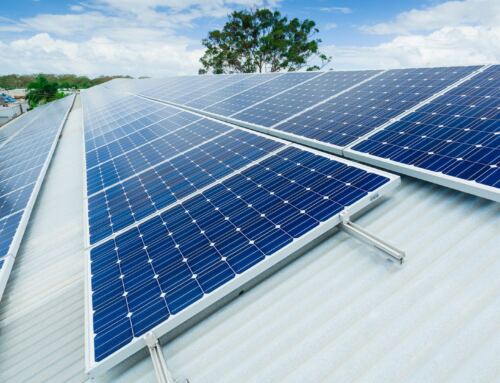
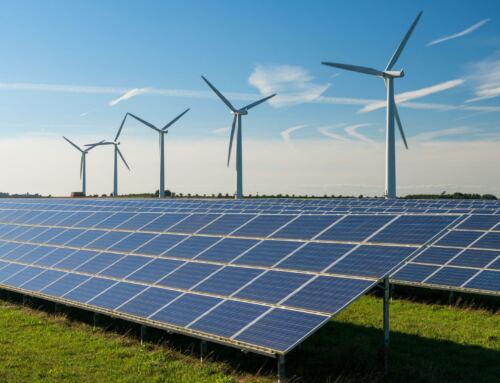

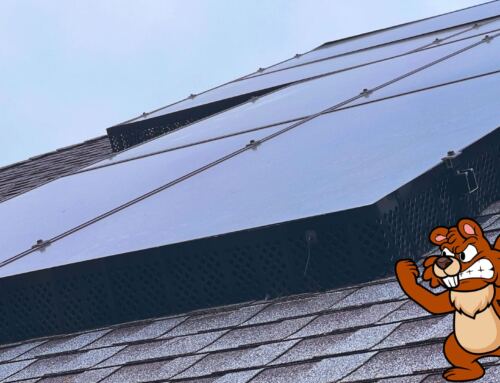

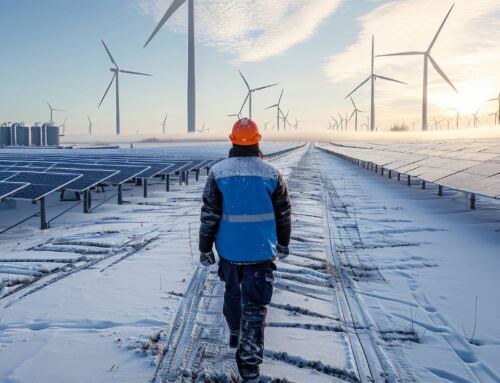
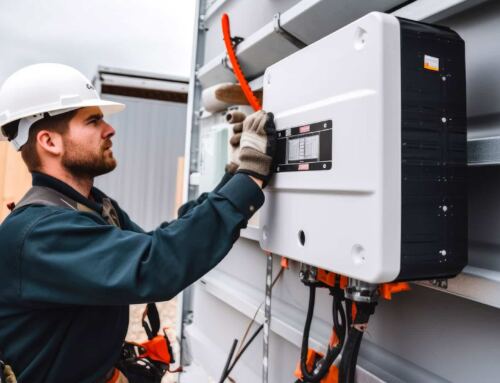
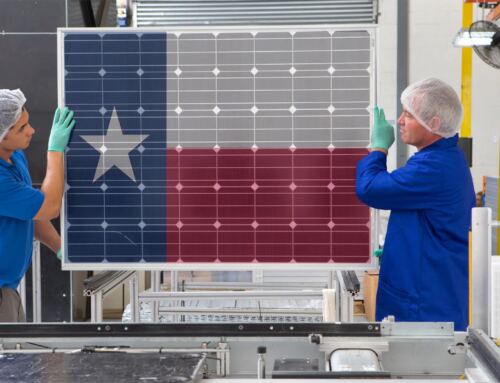
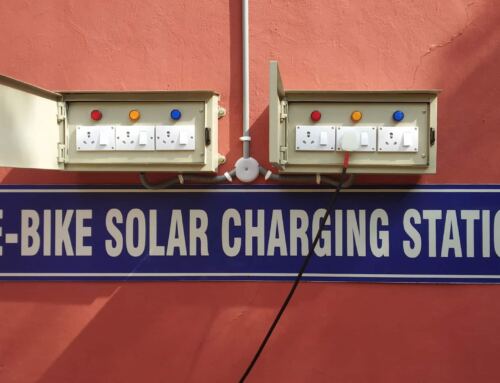

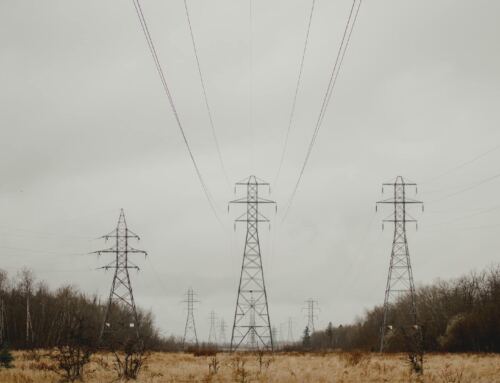
Leave A Comment